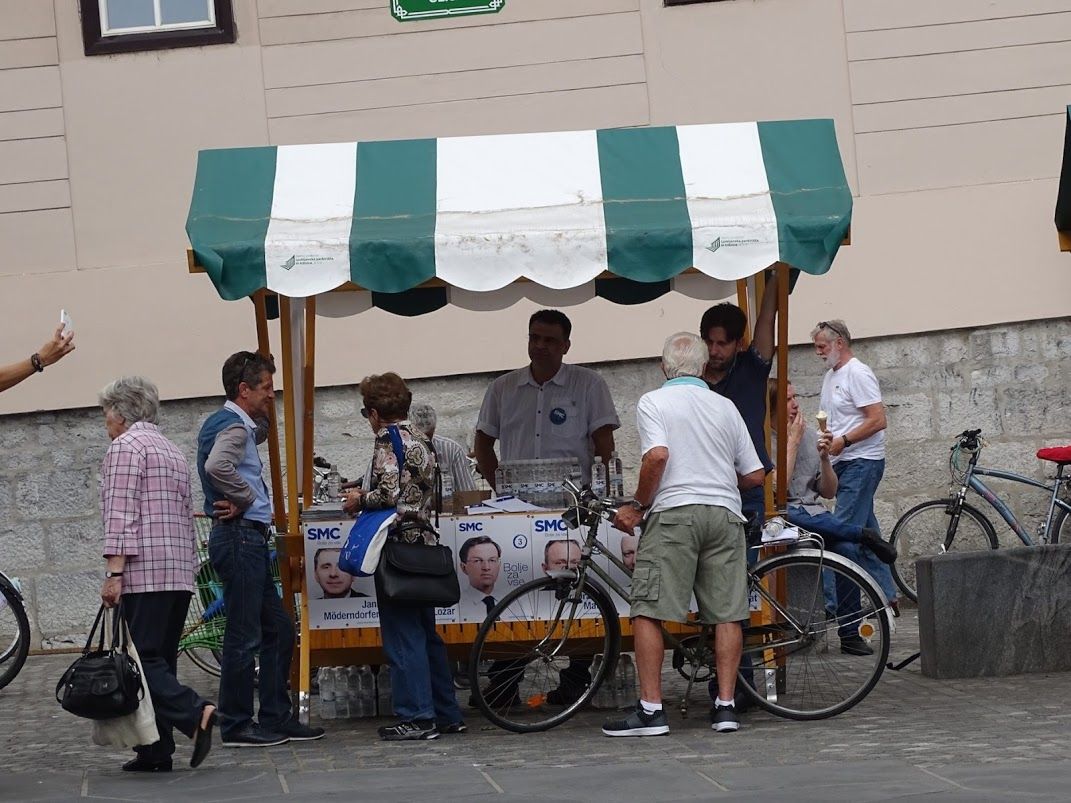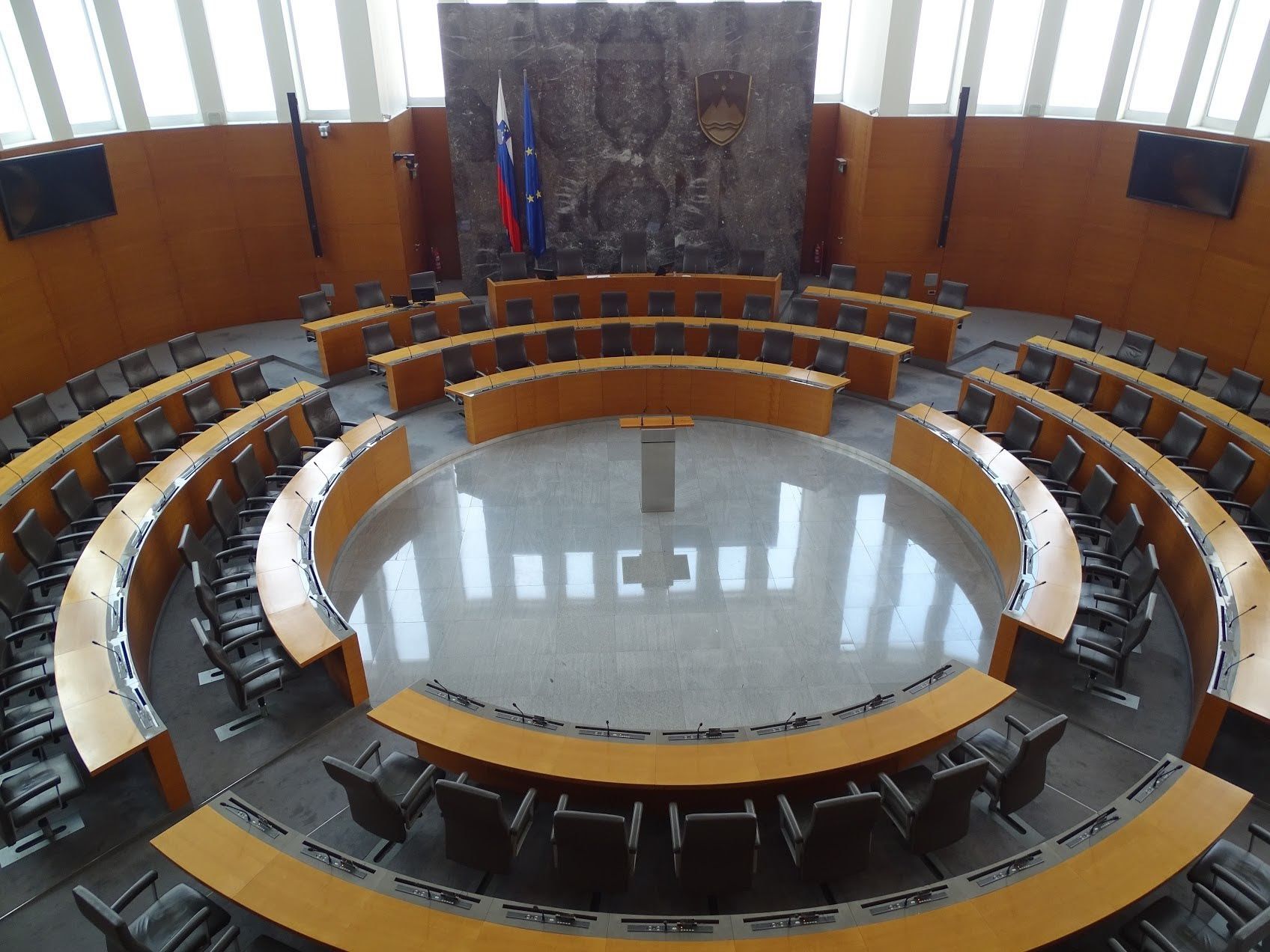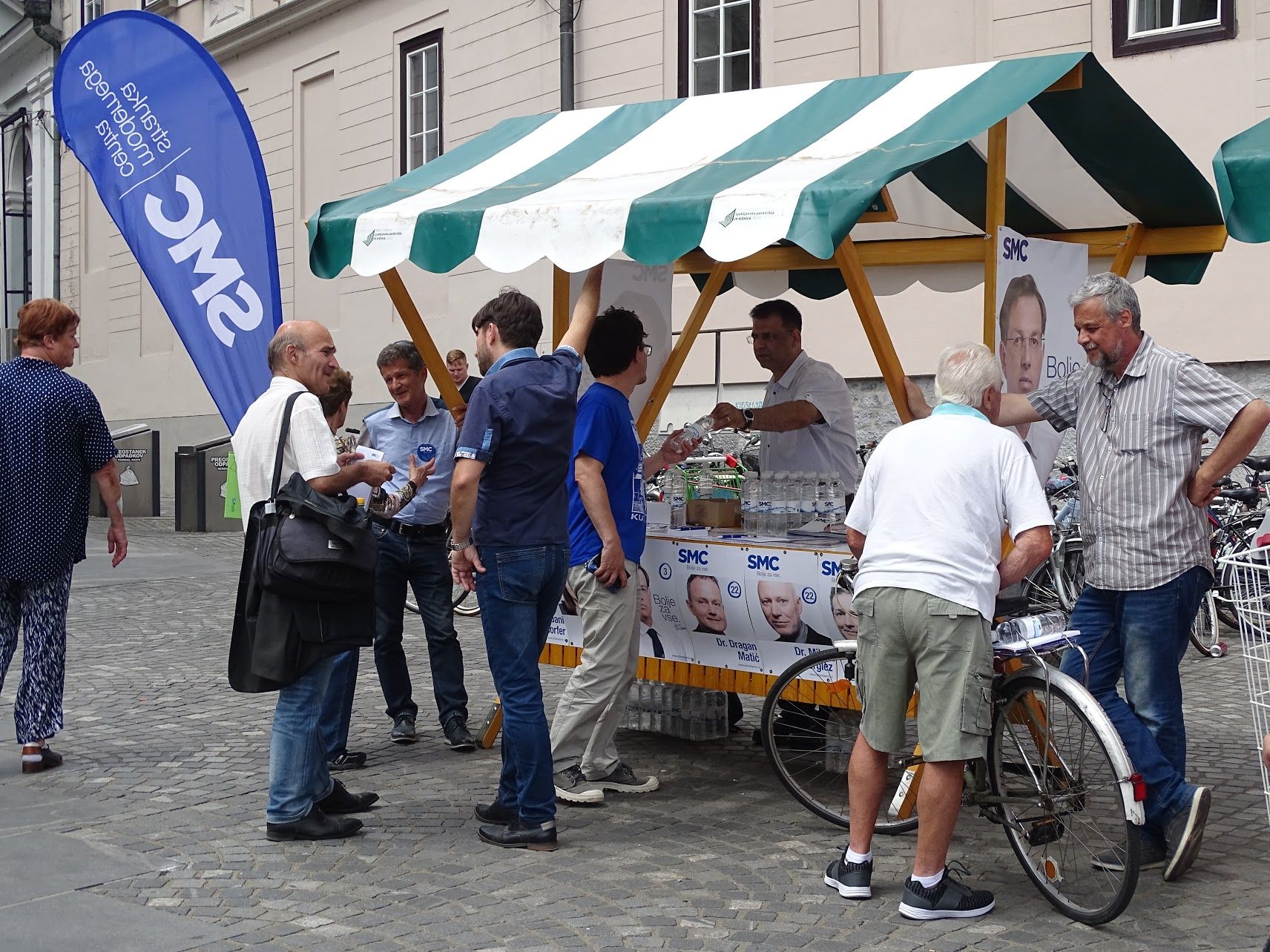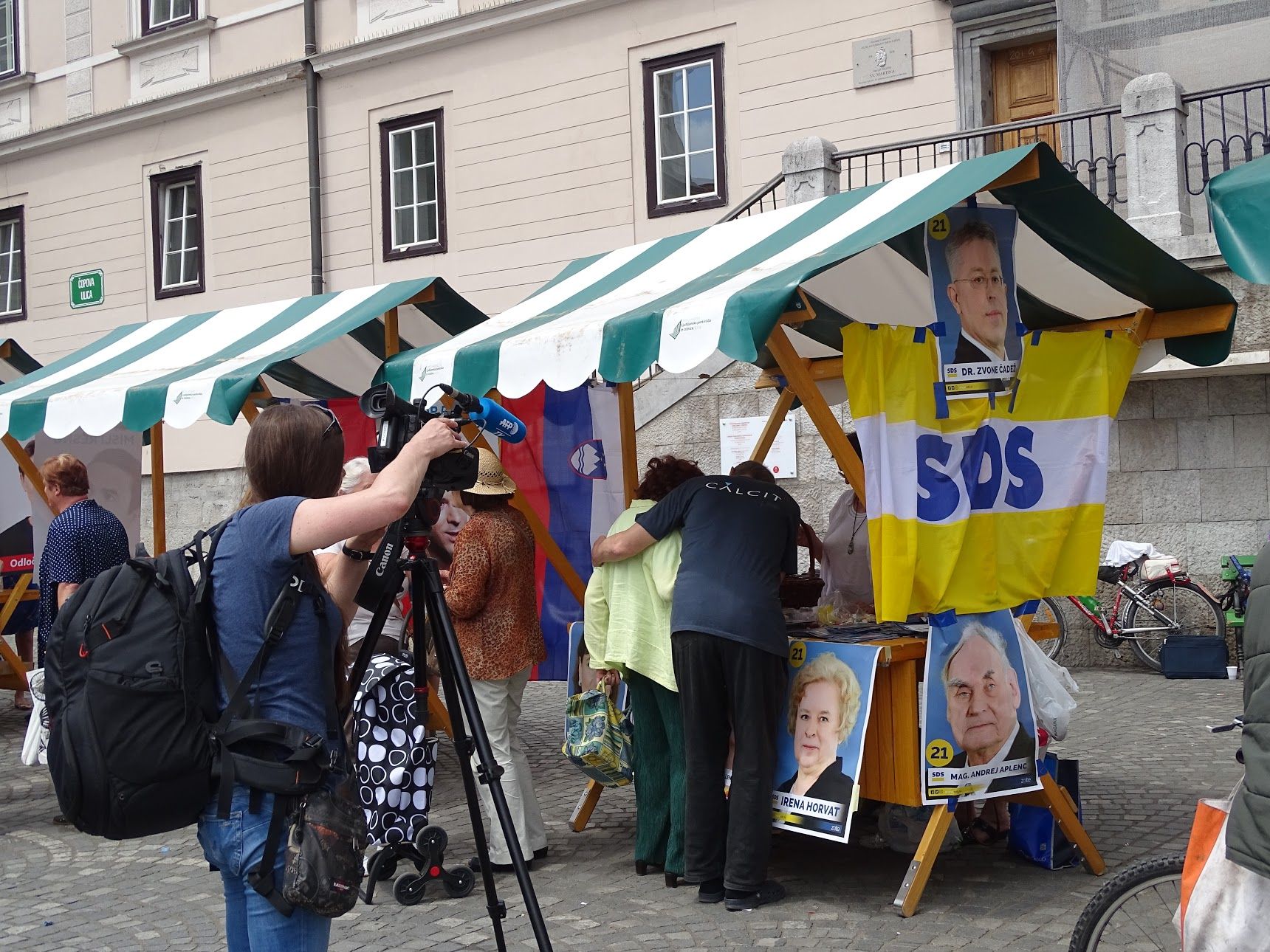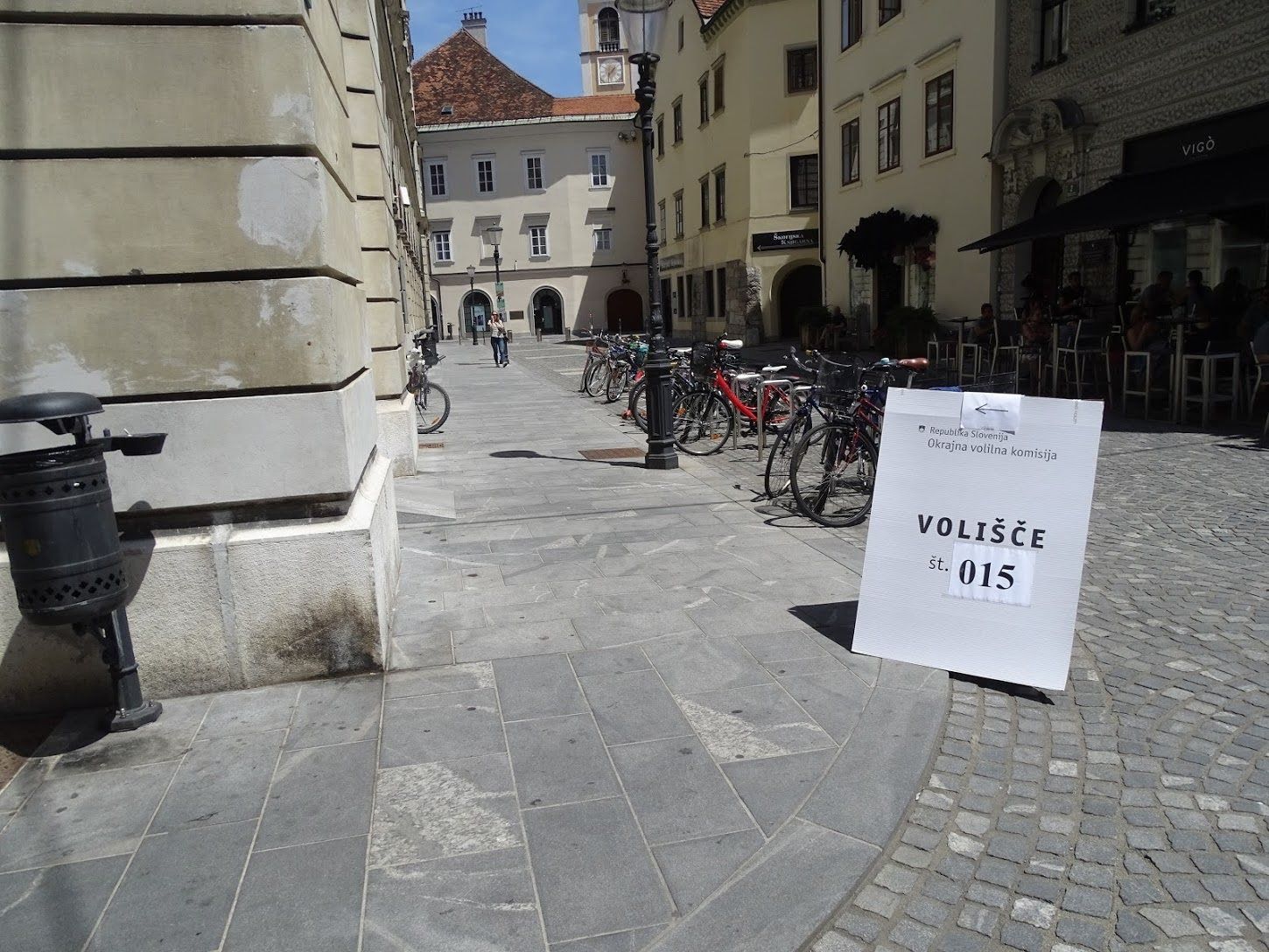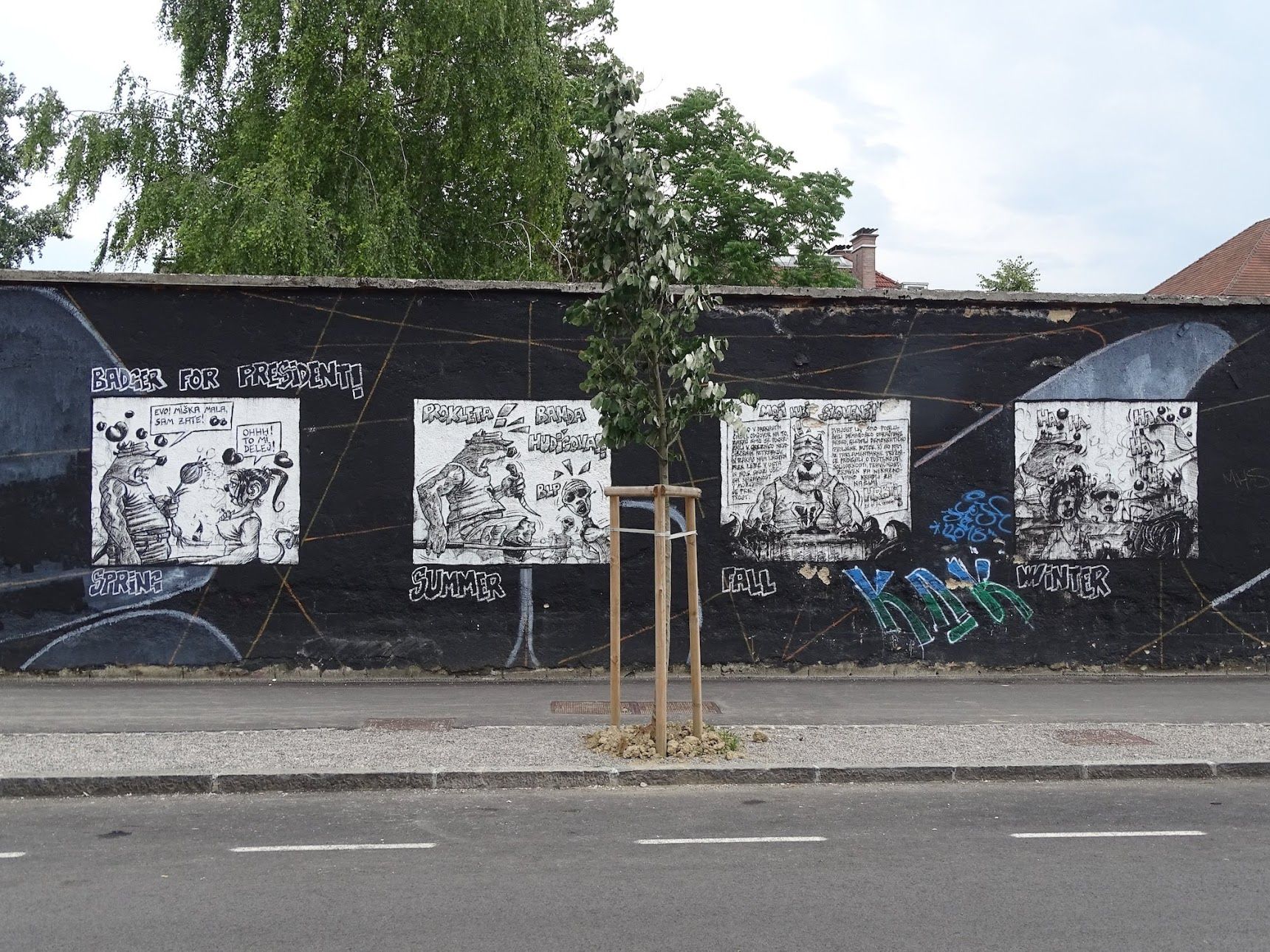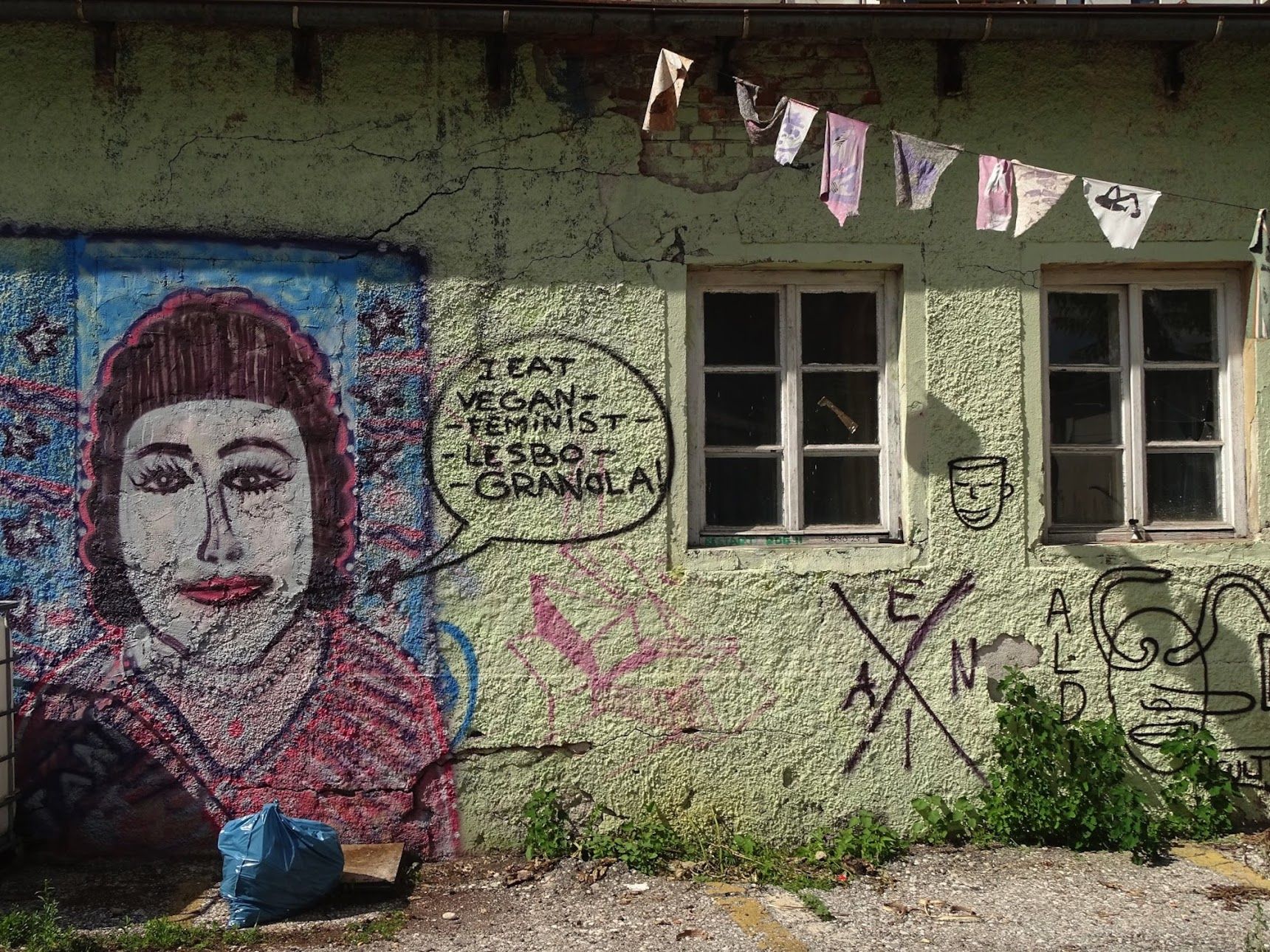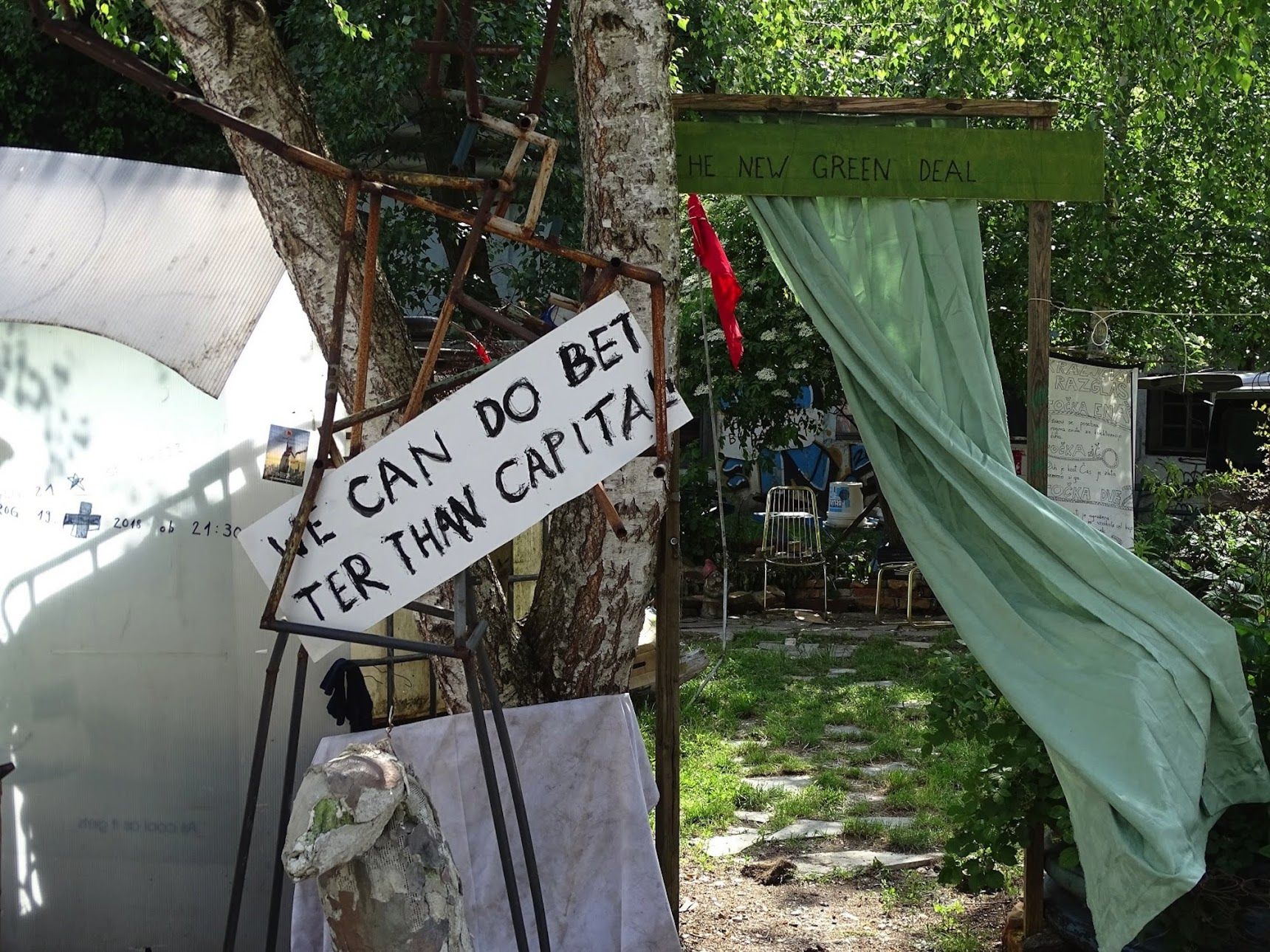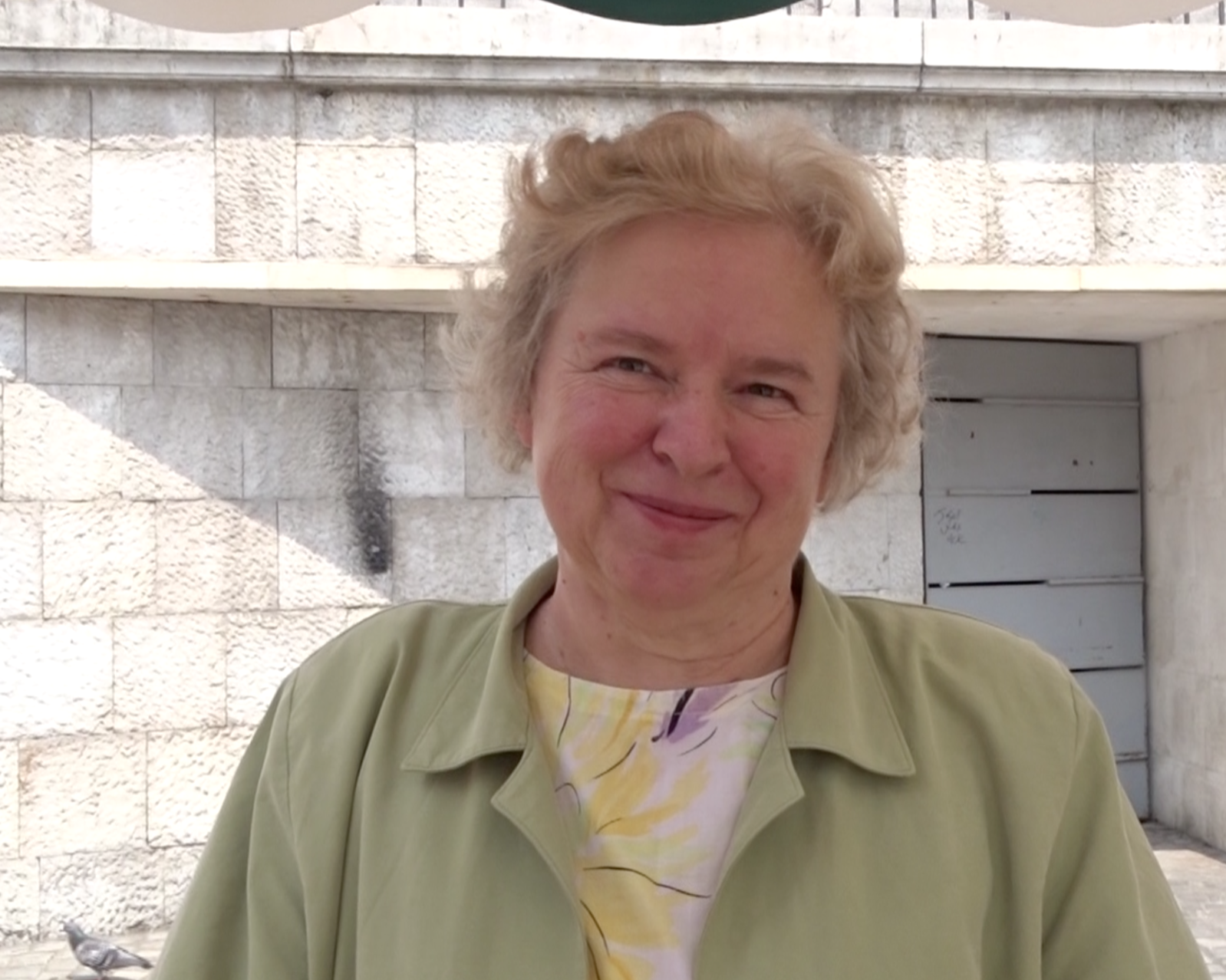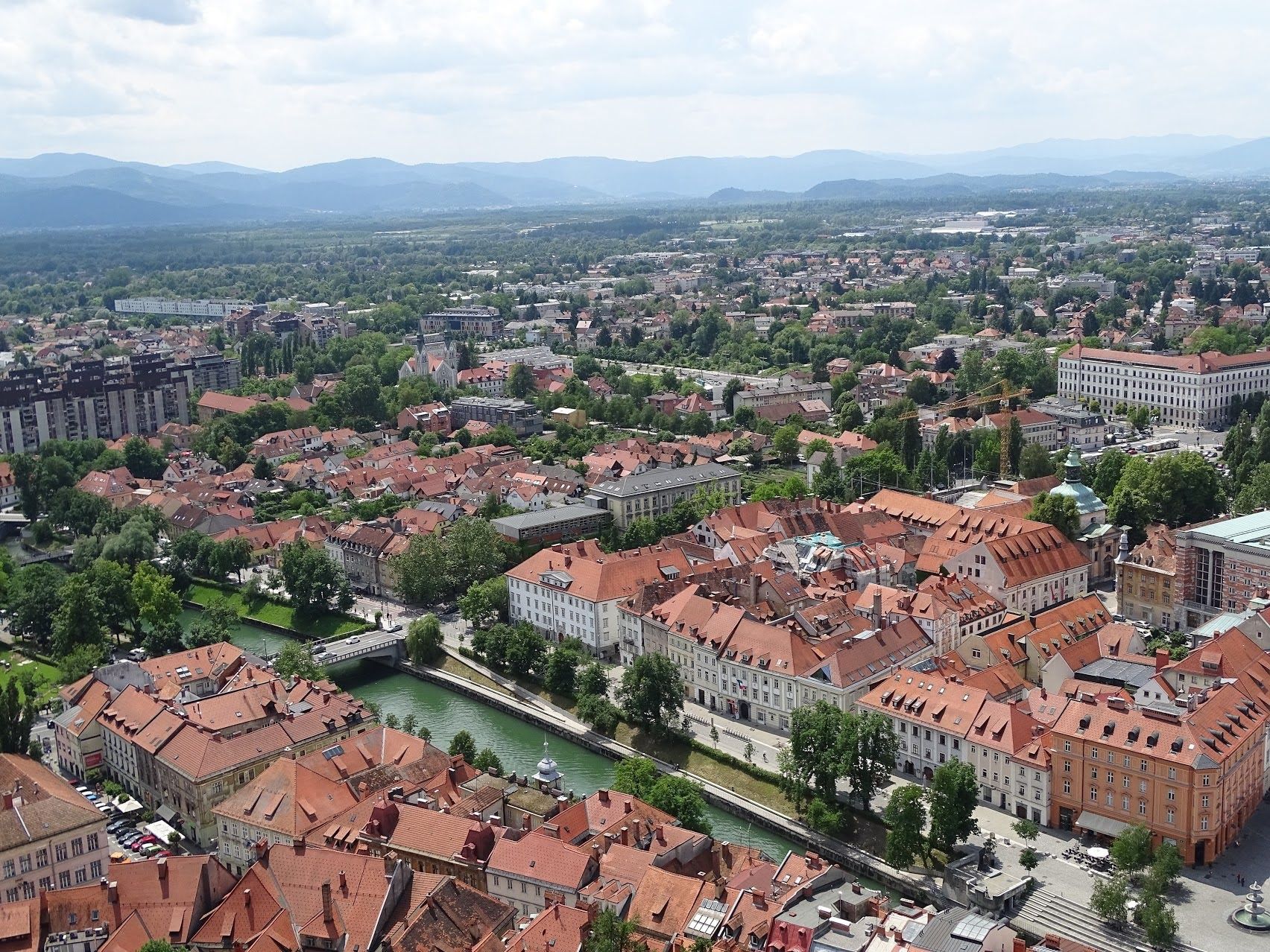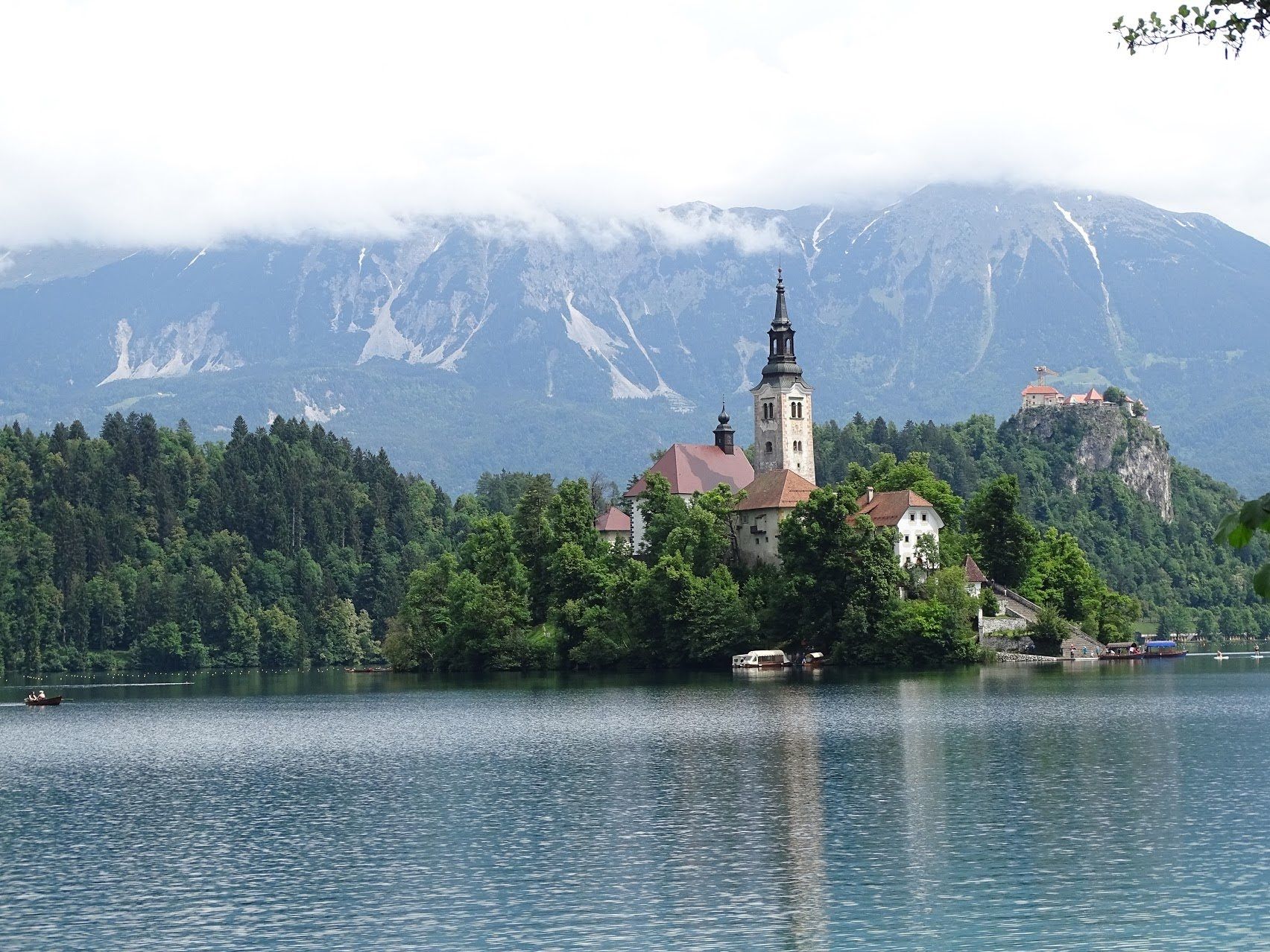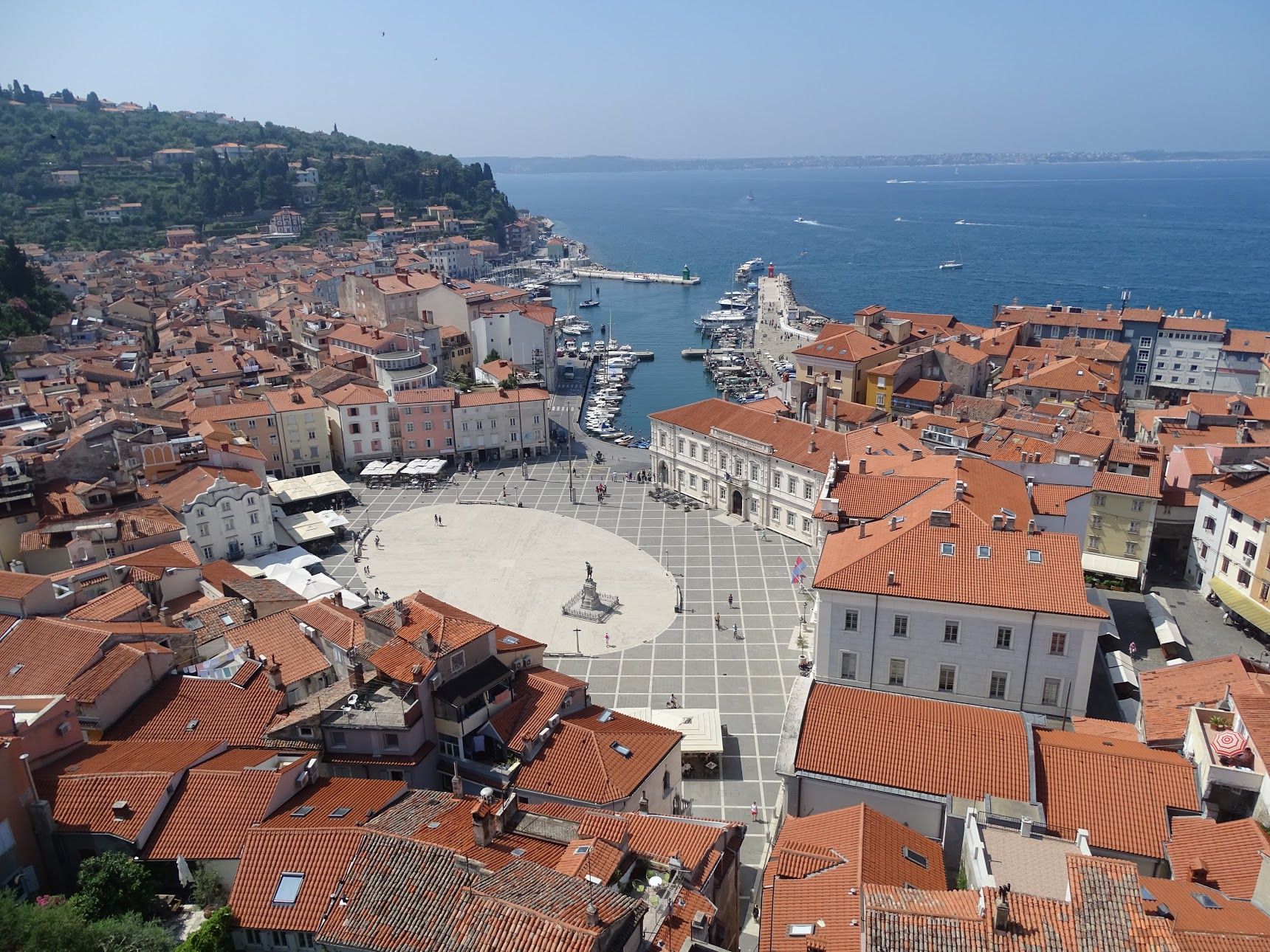Deep in the heart of the Balkans where the Mediterranean, Slavic, and Germanic worlds collide lies the often-overlooked country of Slovenia. Filled with old world charm and rich culture, this central European country offers scenery and a political history unlike anywhere else in the world.
Ruled by the Hapsburgs of Austria for much of their history, and then by Yugoslavia after World War 1, Slovenia did not gain independence until 1991. In 2004, Slovenia joined the European Union and became a member of NATO, but did not adopt the Euro as their currency until 2006.
Recent political events have demonstrated the fragility of Slovenia’s government. In late 2017, Prime Minister Miro Cerar faced potential impeachment for his progressive stance on refugees. Then, in March 2018, Cerar resigned due to an annulled referendum on a railway project that was believed to be the next step in development for the country. It wasn’t just a railway—it was a symbol of infrastructure, trade, connectedness, and development to help Slovenia compete as well as collaborate with trade centered around the Adriatic Sea. However, many say that Cerar used the railway as an excuse to step down from his position.
Cerar was under a lot of pressure from the unions demanding raises. In March 2017, after medical doctors went on strike, Cerar raised their wages by 20 percent. Other industries also wanted increased pay. After Cerar stepped down, he decided to run again.
“Choosing to step down was a smart move politically,” said Dr. Miro Haček, a political science professor at the University of Ljubljana. “His party was losing approval of the public quickly, and if he would have lost it completely then his party would have lost their seats in the Parliament. Each party needs at least a 4 percent approval to keep their seats in Parliament.”
With just 2 million residents Slovenia is too small to try political experiments. This was the third snap election in recent Slovenian history.
In the weeks prior to the election, the Slovenian media failed to do two things: educate the population with unbiased, moderate reporting and make the voices of the people of Slovenia heard.
There are few news sources in Slovenia—only one national radio station, one national television station and two commercial television stations. It is obligatory to pay for all of the above. Three daily newspapers have nearly zero readerships.
The problem with the media is not the fact that all outlets are biased, but that they claim to be “independent” or “neutral” when they clearly accept funding from one end of the political spectrum.
“When people do not form political opinions on their own, then the advertising does get into their heads and influences them dramatically,” said Kevin Korber, a translator in Ljubljana.
Those who relied on only the media to inform them would view the election as a race between a criminal, a comedian, and a former leader who had already stepped down.
In total, there are 95 official political parties in Slovenia. The Slovenian Democratic Party (SDS), the List of Marjon Šarec (LMŠ), and the center-left Modern Centre Party (SMC) led in the pre-election polls.
SDS was led by Janez Janša, a key player in the liberation of Slovenia, who helped the people become an independent country. He has held the position twice before; however, he has a controversial past involving some jail time. LMŠ was led by Marjon Šarec, a famous comedian before he decided to pursue politics. He has since served as mayor of Kamnik, and this is his party’s first time running for Parliament. SMC was led by Miro Cerar, who previously held the position and stepped down.
Because of the fragile political state of Slovenia, the younger generation seems to be apathetic towards the political happenings in their country calling it a “circus” or a “comedy” when asked. The common consensus among voters between the ages of 20-30 within the capital city of Ljubljana was that they based their decision on who to vote for, if they decided to vote, by supporting whoever would be able to beat Janez Janša.
“Not many people from the younger generations are going to vote because they think it’s meaningless,” said Domen Karun, an undergraduate illustration student. “Whoever gets elected, it’s always the same anyway.”
Even more, some of the youth have advocated for a push toward communism. Though most were not alive during the Yugoslavia communist era, family stories passed down through generations have made the communist times sound good enough to return to.
“Things were better back then,” said a graduate student with the first name of Katya. “Everyone had jobs and we were in a more stable place politically.”
The elections were held on June 3, 2018. SDS won with 24.92 percent of the votes, LMS came in second with 12.6 percent of the votes, and SMC ended up coming in fourth.
Out of the 1.7 million eligible voters in Slovenia, a little under 900,000 cast their vote. Of that number, over 10,000 votes were ineligible. These “mistakes” included circling every name on the ballot, writing in a celebrity, or writing a party that did not exist.
“People are going to the elections because they feel that they have to,” said Haček, “but some used the ballots as a way to protest against the choices, against the politicians, or against the system in general.”
Janša, the leader of SDS, had been accused of taking illegal funding from Hungary to fund his election campaign. However, he has a strong support in the countryside and from older generations due to his important role in the liberation of Slovenia. Though some Slovenians, particularly those of the younger generation might be quick to say that Janša is a criminal, he was technically never convicted.
After Slovenia became independent in 1991, most systems were reformed. However, the judiciary system has remained the same as it was in communist times. Because of this, there was no way the system could “prove” whether or not Janša accepted illegal funding. After the charges were dropped he made his way back into the world of politics.
Many who were alive during Janša’s first two terms would agree that he was a quite efficient leader—whether or not he was successful can be left for debate. He was president when Slovenia was joining the European Union and when Slovenia adopted the Euro. Those two processes were done quite efficiently.
SDS was attacked from the first day of campaigning up until the last possible minute before the election. Consequently, the attacks on SDS contributed to their win because Slovenia tends to love victims. Janša was smart about taking the criticisms—he did not fight back and made the other parties look like bullies.
Previously Janša’s agenda lined up with the left side, but this time around his party is radically right. SDS was vocal about its anti-immigration stance and ran with the slogan “Slovenia first,” similar to Donald Trump's “America first” slogan. While many people within the major cities are more open to migration and accepting of refugees, those from the countryside do not appear ready for that.
“I heard they might be building a mosque in Ljubljana. I think it’s okay for people to believe what they want to believe, but I don’t see why we have to bring it here. This is Slovenia,” said a 34-year-old shop owner from Piran, Slovenia who voted for SDS.
The radicalization of political parties on both ends of the spectrum in Slovenia has become a problem. Currently, the right wing parties with their anti-immigrant campaigns and the left wing parties with their socialist campaigns are getting stronger. TThe parties in the middle are getting lost.
This used not to be the case. Slovenia was led by the Liberated Moderate Party between 1992-2004 then in 2008-2011, and this party was pragmatic, liberal and focused on civil rights. A moderate party that did not go toward either of the extremes, it was lost when Slovenia was hit by the economic crisis in 2011.
The capital city of Ljubljana is home to around 300,000 people, many of them university students who are ideologically and economically different from the rest of Slovenia. The left parties thrived in the capital city, where SDS won in most other parts of the country. Ljubljana, the wealthiest part of the country, has the highest educated people—they voted radically left.
While SDS has won the election, their work is not yet done. Currently, they are in the process of forming a coalition. Many parties, such as Cerar’s SMC, said they will not be joining a government led by SDS, and so far they have stayed true to their pronouncement. It is unknown how long this process might take.
